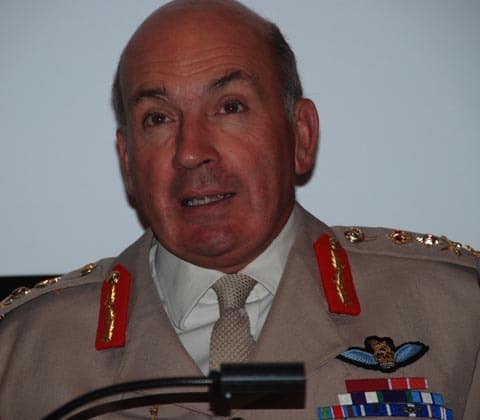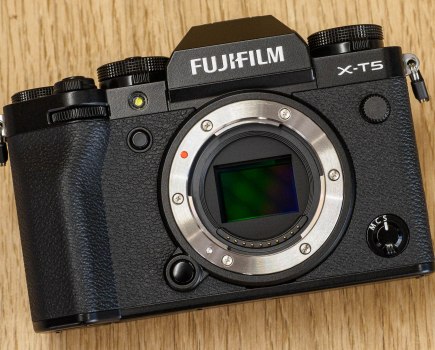British army chief General Sir Richard Dannatt has spoken of the ‘risks’ faced by army photographers as he paid tribute to a photographer killed in Afghanistan earlier this year.
Speaking at the annual Army Photographic Competition awards in central London Dannatt, Chief of the General Staff, said: ‘It’s right to observe that army photographers are, first and foremost, soldiers. They endure the same risks as their Combat Arm counterparts.’
He added: ‘Tragically, this became all too apparent with the death in Afghanistan of Corporal Mike Gilyeat of the Royal Military Police, in May this year.’
Dannatt announced that a silver trophy would be awarded to the photographer behind this year?s Best Overall Image, in memory of Mike Gilyeat whose father attended this year’s awards ceremony.
The winner was Sapper Ian Chapman, a non-professional photographer who received the honour at a ceremony held at the National Army Museum in Chelsea this afternoon.
‘This will serve as a fitting reminder, not only of Corporal Gilyeat as an outstanding soldier, Royal Military Policeman and Army Photographer but also as a lasting tribute and memory of the ultimate sacrifice that he made,’ said Dannatt.
Sapper Ian Chapman, a member of the Territorial Army, snapped up a string of other awards in this year’s contest, revealing afterwards that he had never before entered a photo competition.
Chapman explained that he used his own Canon EOS 350D digital SLR when out on operations and told us that his success has spurred him to consider pursuing photography as a profession.
Commenting on the role of photography in the army, Dannatt continued: ‘All of us who have served on operations know the importance of army photography. Of course it [photography] is important to support commanders in their operations and planning of their operations.
‘But I think, particularly, it is important as a way of recording and disseminating images from those who are doing their business at the front end… to get their images back home.’
He stressed the value of photography in helping people at home understand what is going on, especially in light of ‘some of today’s difficult circumstances’.
Dannatt (pictured) also pointed out that such images serve as a ‘photographic record for the army?s historical archives’.
He continued: ‘This year’s competition has generated a significant level of interest, showing that both professional and amateur photography is thriving… in the army today.’
Picture credit: Chris Cheesman








